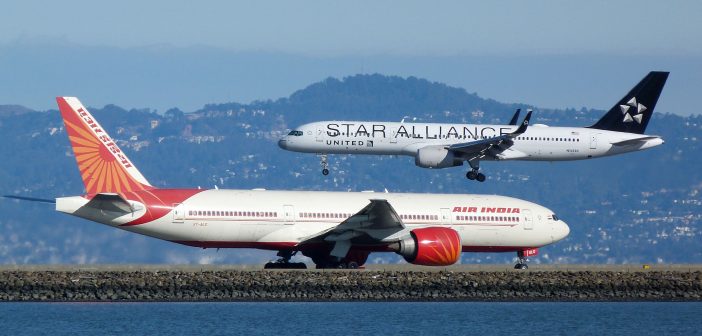In a significant development for the aviation industry, Indian airlines are embarking on a remarkable expansion trajectory, promising profound implications for both the nation and the global air travel landscape. With data reflecting robust growth and strategic initiatives, the surge of Indian carriers signals an era of increased connectivity and economic opportunity.
According to recent reports from the Directorate General of Civil Aviation (DGCA), Indian carriers witnessed a surge in passenger traffic, with domestic air travel demand soaring by over 150% in the past five years alone. This surge underscores India’s burgeoning middle class and rising disposable incomes, propelling air travel to new heights within the country.
Key players such as IndiGo, SpiceJet, and Air India have spearheaded this expansion, aggressively expanding their fleets and routes both domestically and internationally. IndiGo, India’s largest airline, has consistently dominated the market share, capitalizing on its low-cost model and efficient operations to cater to the burgeoning demand.
The expansion of Indian airlines holds significant implications for the country’s economy. Aviation has emerged as a critical driver of economic growth, facilitating trade, tourism, and investment. With India poised to become the world’s third-largest aviation market by 2025, according to the International Air Transport Association (IATA), the burgeoning sector is expected to contribute substantially to GDP and job creation.
Furthermore, the expansion of Indian carriers extends beyond national borders, signaling India’s increasing prominence in the global aviation arena. With airlines eyeing new routes and partnerships, India is cementing its position as a key player in the international air travel market. Codeshare agreements, alliances, and bilateral air service agreements are fostering greater connectivity and collaboration between Indian carriers and their global counterparts.
The rise of Indian airlines also underscores the country’s growing influence in shaping global aviation trends. With a burgeoning fleet of fuel-efficient aircraft and investments in state-of-the-art infrastructure, Indian carriers are poised to drive innovation and sustainability in the aviation sector.
However, challenges loom on the horizon, ranging from infrastructure constraints to regulatory hurdles and geopolitical tensions. India’s airports are grappling with capacity constraints, necessitating urgent investments in infrastructure to accommodate the burgeoning demand. Moreover, fluctuating fuel prices, regulatory uncertainties, and geopolitical tensions pose risks to the sector’s growth trajectory.
Nevertheless, the expansion of Indian airlines heralds a new era of connectivity, economic prosperity, and global engagement. As Indian carriers soar to new heights, the nation’s aviation sector stands poised to leave an indelible mark on the global stage, transforming the way the world flies.






